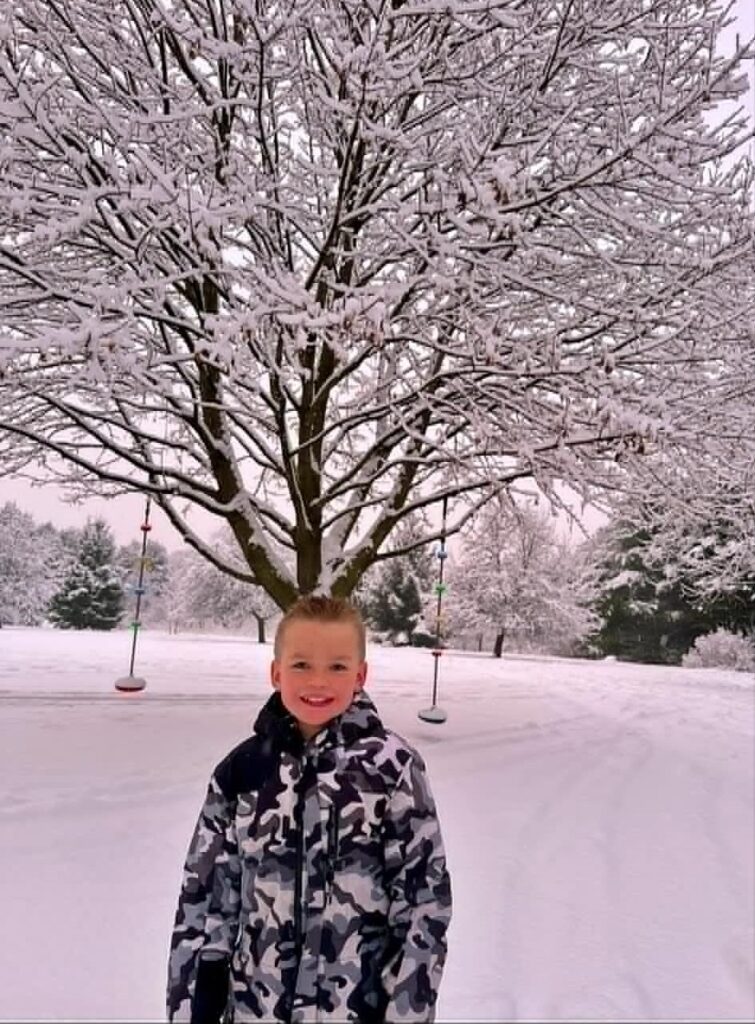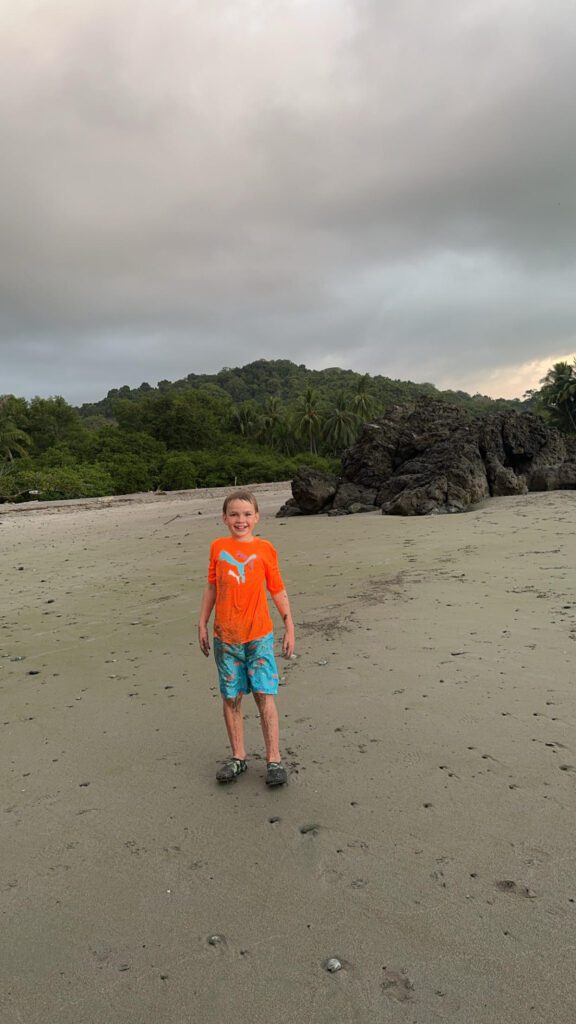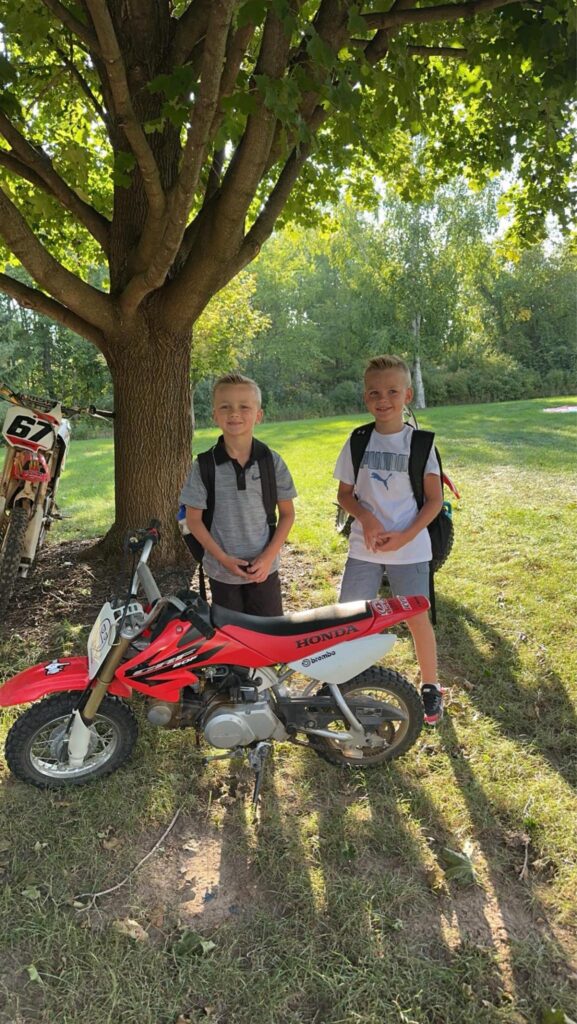Ben’s story, by his mother
“Ben was diagnosed with juvenile GM1 on December 22, 2023, at age 9“
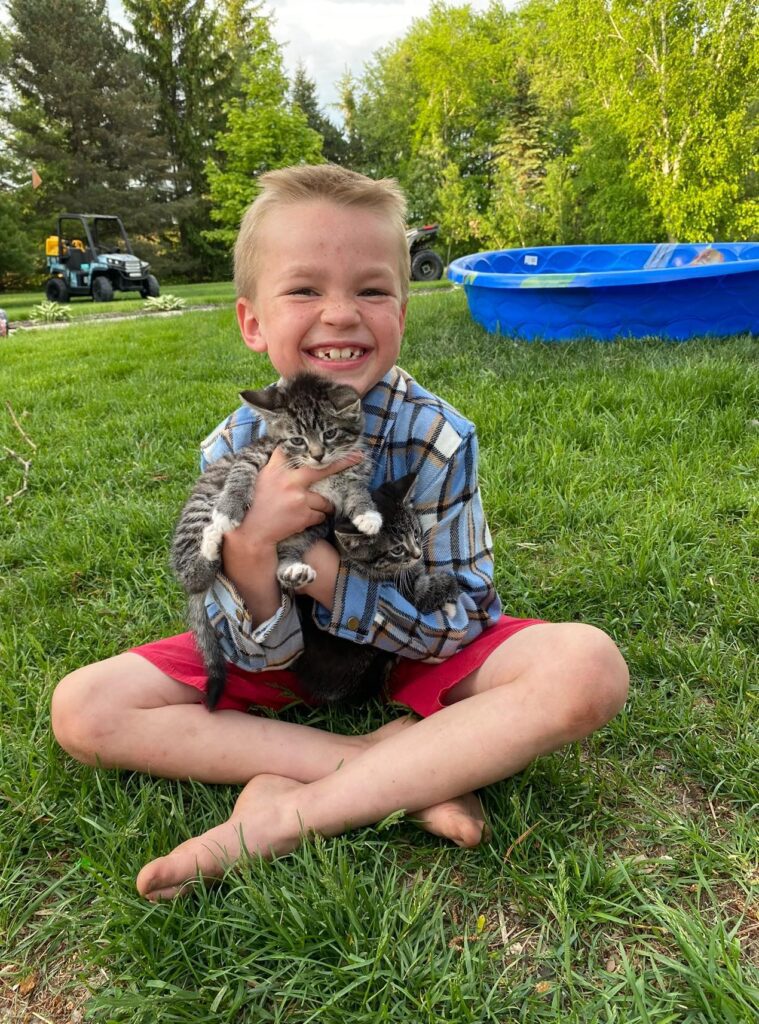
How has GM1 gangliosidosis affected your child?
Ben is our second oldest child, diagnosed with juvenile GM1 on December 22, 2023, at age 9. He is the sweetest and most mischievous 10-year-old boy. At 5, he was learning to read, ride a bike, and write words; but he also showed concerning signs – he would fall from his chair at dinner or while running with his brothers. He seemed very clumsy. By age 7, he could no longer read the short books he once mastered.
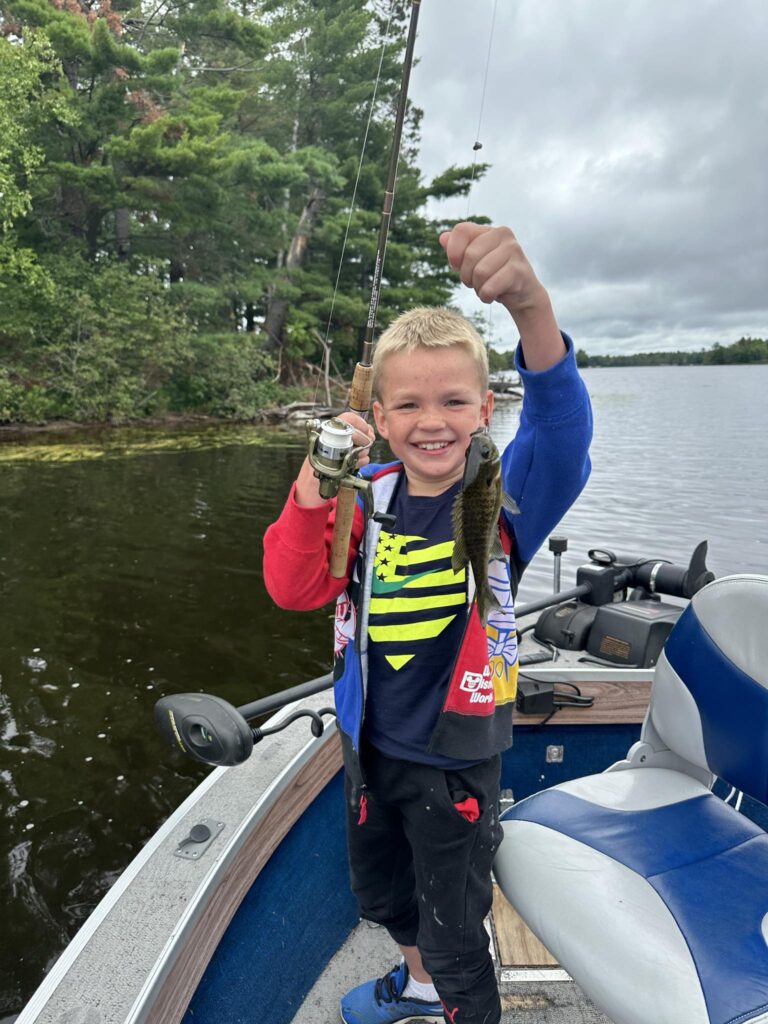
How was your Diagnosis Journey?
At age 7, I knew something wasn’t right. Every doctor said, “he is a boy, they develop slower, his body is growing faster than his mind.” Despite multiple doctors, MRIs, and countless blood draws, we found nothing. The blood draws were traumatic – during the last one, Ben was so distressed he got sick in the car.
In fall 2023, I returned to our primary doctor determined to get answers. She referred us to a neurologist who, unlike others, listened carefully to my concerns. She then referred us to a geneticist, scheduling an appointment for mid-January 2024. About 7 weeks later, I saw a new test result in MyChart, suggesting possible GM1 gangliosidosis or Morquio B. Both conditions seemed devastating.
The geneticist appointment lasted two hours. When she said, “we are diagnosing your son with GM1,” I felt numb. She cried while telling me she had never diagnosed a child with GM1 before. As she described what would happen to Ben, my husband kept calling and texting, but I couldn’t respond. I left angry and overwhelmed.
Months later, NIH contacted us about a trial opportunity. We planned to start after Easter, but five days before departure, we learned Ben had the AAV9 antibody, disqualifying him completely.
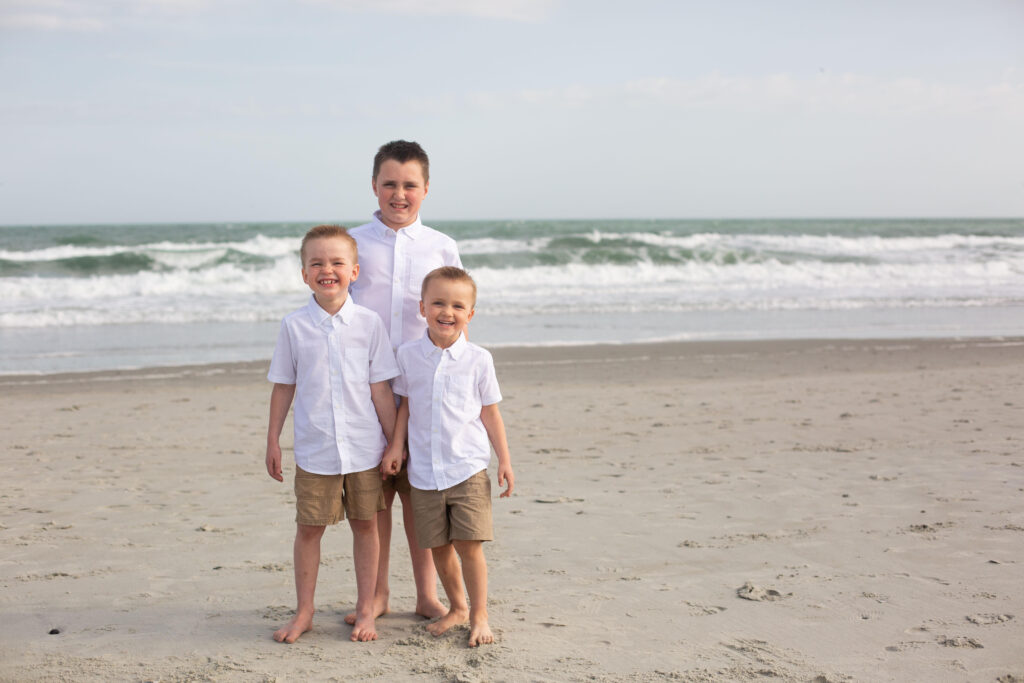
How does GM1 impact your family?
Life changed dramatically. Our other children (two boys, 7 and 12, and our daughter) tested negative on December 26, 2023 – a 15-day wait for results. This new normal challenges us daily. Our 7-year-old doesn’t know yet; our 12-year-old knows but struggles to understand why Ben is different. Despite difficulties, we’ve found silver linings – we appreciate time more, have grown more patient, and joined an incredible GM1 community. While no one would choose to join the GM1 family, the support is incomparable.
What do you wish people understood more about rare diseases?
I wish people grasped how rare this disease is. Rare is real – in our case, I’m the carrier, my husband isn’t – an unusual situation, as typically both parents are carriers. When people ask about treatment options, they don’t understand that without research funding, there won’t be any. Babies and kids are dying, but we can help.
Why should people support the Cure GM1 Foundation and rare disease research?
The Cure GM1 Foundation has been invaluable. Despite having full-time jobs, they dedicate themselves to finding a cure. They’ve raised over $5 million since founding, operate as a nonprofit, and provide constant support. Their commitment is truly inspiring.
